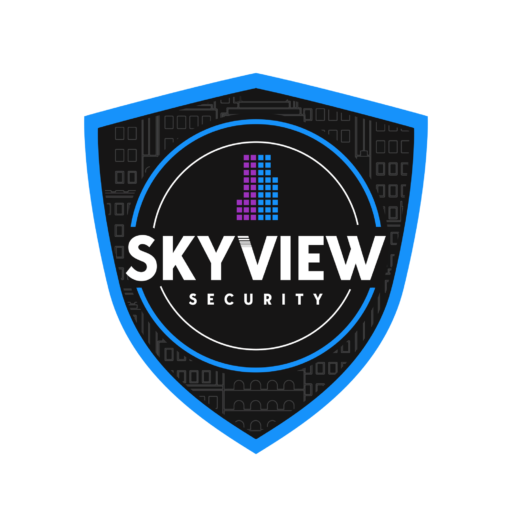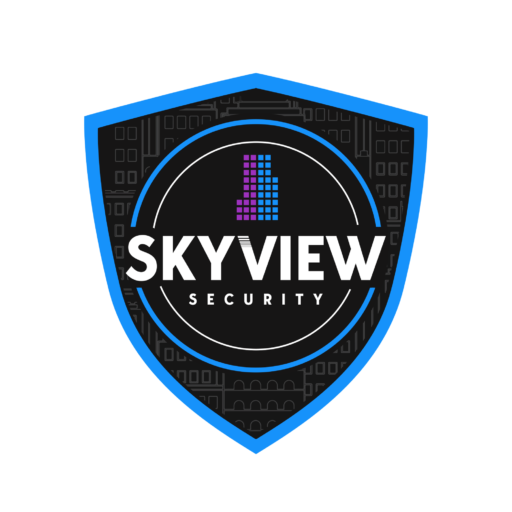- Crime Prevention and Deterrence: Video surveillance acts as a powerful deterrent against theft, vandalism, and other criminal activities in retail stores. Visible cameras strategically placed throughout the premises signal to potential offenders that their actions are being monitored, deterring them from engaging in illicit behavior. In the event of a crime, surveillance footage serves as valuable evidence for identifying perpetrators and aiding law enforcement in apprehension and prosecution.
- Loss Prevention and Inventory Management: Video surveillance enables retailers to monitor merchandise, cash registers, and high-traffic areas in real-time, helping to prevent inventory shrinkage and internal theft. By capturing incidents of shoplifting or employee misconduct, surveillance footage provides actionable insights for implementing targeted loss prevention strategies and improving inventory management practices. Integration with analytics software allows retailers to identify patterns, trends, and areas of vulnerability, facilitating proactive measures to mitigate losses.
- Customer Experience and Behavior Analysis: Video surveillance can be leveraged to gain insights into customer behavior, preferences, and interactions within the retail environment. Analyzing surveillance footage enables retailers to assess traffic flow, dwell times, and popular product areas, optimizing store layout and merchandising strategies for enhanced customer experience and sales performance. By understanding customer demographics and shopping patterns, retailers can tailor marketing efforts and promotions to better meet the needs and preferences of their target audience.
- Operational Efficiency and Safety Compliance: Video surveillance systems provide retailers with valuable operational insights and oversight, facilitating monitoring of staff performance, adherence to safety protocols, and compliance with operational procedures. Surveillance footage can be used to identify operational inefficiencies, streamline workflows, and ensure compliance with safety regulations and industry standards. Remote monitoring capabilities enable managers to oversee multiple locations from a centralized dashboard, enhancing operational efficiency and accountability across the organization.
- Security Intelligence and Risk Management: Video surveillance serves as a proactive tool for security intelligence and risk management in retail environments. By monitoring for suspicious activities, unauthorized access, or safety hazards, retailers can identify potential security threats and mitigate risks before they escalate. Integration with analytics and facial recognition technology enables retailers to identify known offenders, track individuals of interest, and implement targeted security measures to protect employees, customers, and assets.

